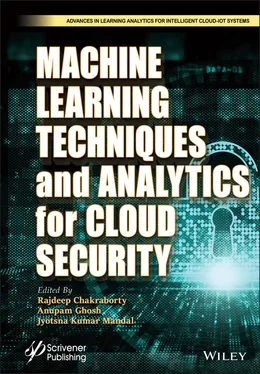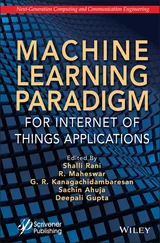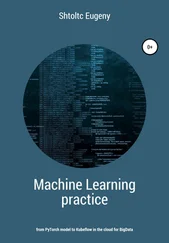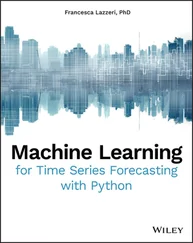
Figure 4.6 Block diagram for fitness tracking using Google Fit.
Fitness-freak persons are increasing in day by day in the modern lifestyle and therefore can be considered an essential part while making the present proposal. The embedded fitness tracker does the same. Google Fit is a free-to-use application developed by Google for multiple devices like mobile phones based on Android and IOS. It also has extended its support to multiple wearable operating system and devices like iWatch, MI watch, Fitbit, and other smart watches. Data of one’s daily activity are stored through these devices and are synced to the cloud via internet. Here, the user can sync his/her account of Google Fit to the mirror by replicating the data from Google Fit server to our Cloud Console and then viewing the data on owns Mirror. Block diagram is given in Figure 4.6.
News updates are fetched within the mirror directly from Times of India world news with 1 hour interval. The present proposal deals with one extremely essential feature which is given at free of cost; that is weather predictions with utmost accuracy. This is helpful for making daily routine for people with whatever professions. Phone notifications are fetched into the mirror and stayed tuned.
The total result section in this manuscript is subdivided into three parts: circuit design, LDR data display, and API data from the informative interface. In the circuit design section, we have discussed about PIR sensor and its connections, LDR, control unit design, and Rasberry Pi configuration. In the display section, we have shown the variation of data in LDR, and API data using Google Cloud Console is exhibited in the last phase of this section.
We have started with the setting up of Raspberry Pi 3 Model B+, which operates at 1.4GHz. This is supported by Bluetooth 4.2.1, along with wireless ac Wi-Fi. The process begins with connecting the microphone and speaker to the Raspberry Pi and then by inserting the SD card into it. Thereafter, USB keyboard, mouse, and HDMI monitor are added sequentially.
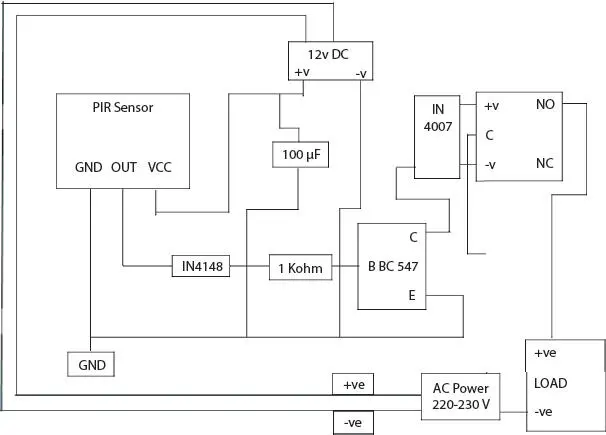
Figure 4.7 Implementation of PIR sensor in our system.

Figure 4.8 Block diagram of the control unit.
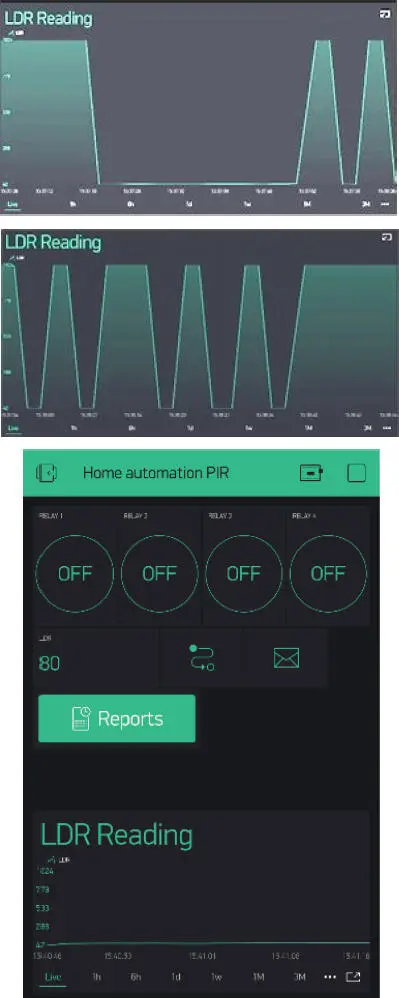
Figure 4.9 Live streaming results of the LDR sensor.
At last, Ethernet cable is connected to Wi-Fi network. After successful configuration, date and time will be set.
The next important hardware part is the Pyroelectric Infrared (PIR) Sensor Module, required for human body detection. Its implementation into the interface circuit is shown in Figure 4.7.
In the next phase, control unit is designed. Microcontroller is connected with relay module and LDR, where proper power supply is required. Block diagram is given in Figure 4.8.
After finalizing the circuit, LDR gives data as output which is a series of pulses. Plots are shown in Figure 4.8. The first two plots of Figure 4.9show the variation of pulses in LDR where the third diagram shows the reading across the device.
At first, we analyze the results obtained from Google Cloud Console and provided them sequentially ( Figures 4.10, 4.11, 4.12, and 4.13) below. Figure 4.10exhibits the operational workbook with API keys, whereas in Figure 4.11, corresponding graphs are provided in different days, as obtained from cloud console. Traffic variations, corresponding error, and median latency for the same days are provided in that plot.
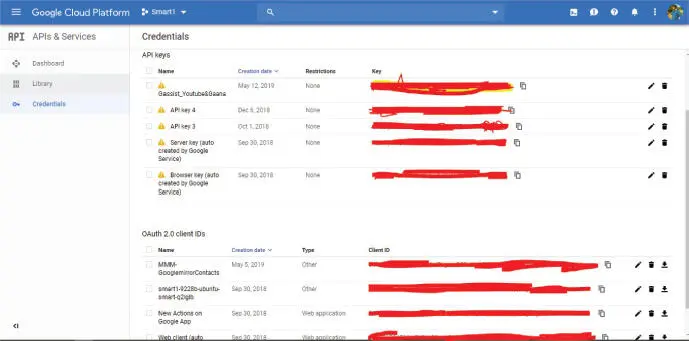
Figure 4.10 API keys operational workbook.

Figure 4.11 API graphs from Google Cloud Console.

Figure 4.12 API data call counter log.
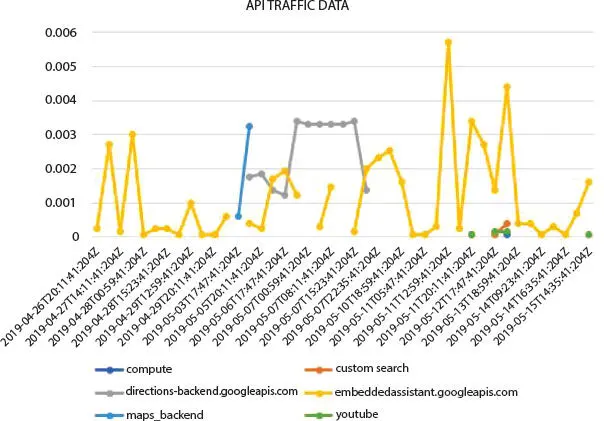
Figure 4.13 API data push and pull traffic data graph.
For different APIs, call log is extremely important in order to note down the busy schedule. Therefore, important APIs like Google Assistance, JavaScript, Directions, YouTube, and custom search are noted. This is shown in Figure 4.12. In this case, it is also important to get view about the variations of traffic, as shown in Figure 4.13.
The smart real-time prototype developed as explained in this manuscript is really interesting and efficient in terms of the ease of response and accuracy, precisely for old age people, and also for people who needs special care. Total informative interface is designed using Google Cloud Console so that the operation can be possible for the android users. In absence of any help, people can operate basic electrical appliances using the interface, which is precisely voice-controlled. Moreover, it can search the web for your query and read out the results or inform you about the weather when you ask for it. It also smartly helps you to reduce the energy consumption by switching off the device when not needed. At extreme urgent condition, people can take help of cab service, which can save time and life. Interface with personal mosquito server can also be possible through IFTTT server, and that makes the system more robust. The most important part is that it can be integrated with the existing electrical circuit of one’s home, and therefore, it makes huge cost saving.
The present prototype can be augmented in near future to generate a large complex yet compact system with smart incorporation of artificial intelligence and therefore can be made scalable for embedding with future controllers. This adds with the benefit of less power requirement and ideal for modern home automation system. Several new and essential features can be easily ties up with the proposed system architecture like coffee machine operation, speed control of fan, and operation of air-conditioner. If private Mosquitto server can replace the original public server, then obviously faster response can be expected.
1. Alcácer, V. and Cruz-Machado, V., Scanning the Industry 4.0: A Literature Review on Technologies for Manufacturing Systems. Eng. Sci. Technol., an International J ., 22, 3, 899–919, 2019.
Читать дальше
